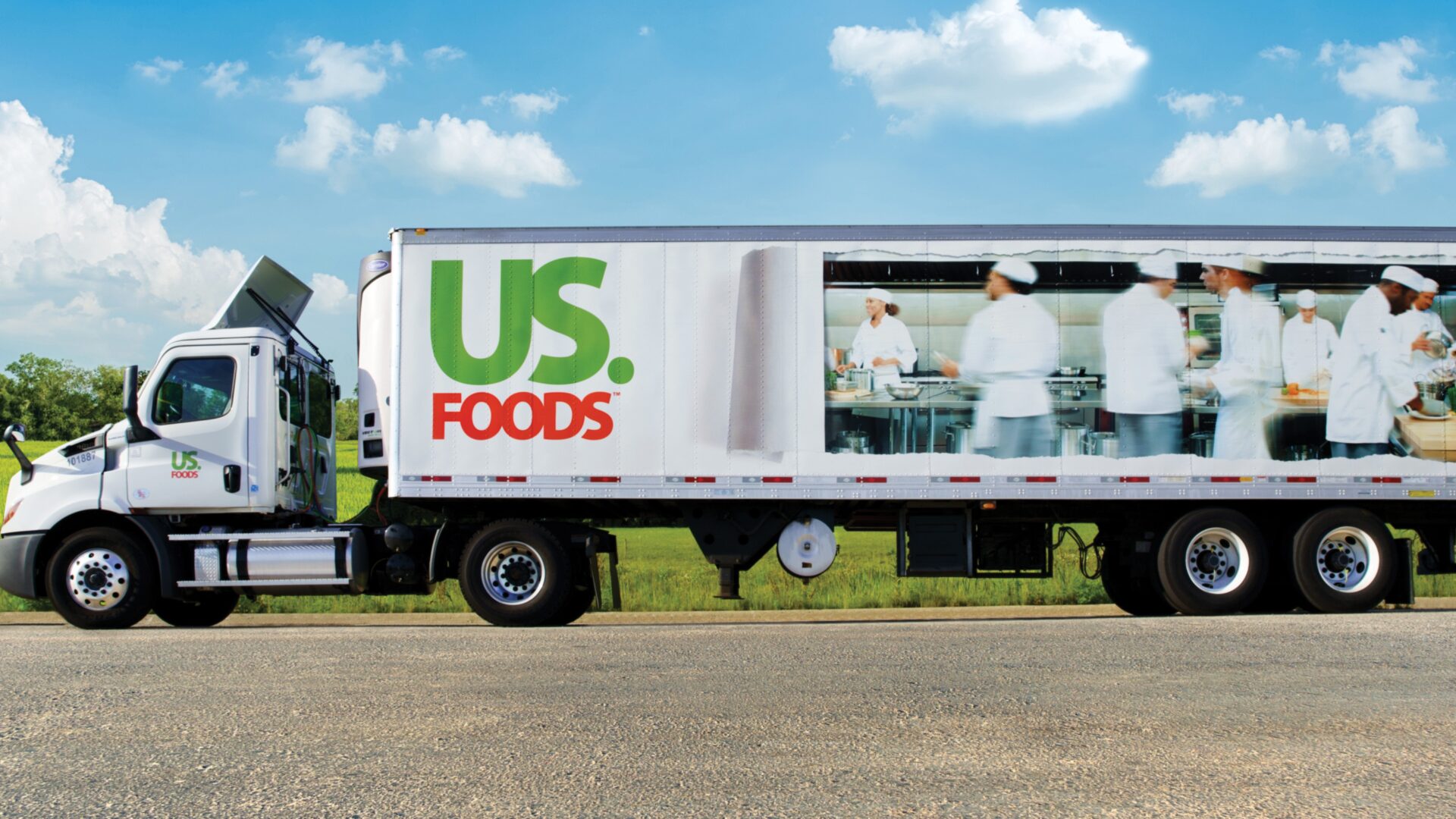Although the 2022 prospects for foodservice distributors are on the rise, the industry still faces several challenges, according to Technomic Principal Wade Hanson.
Hanson, speaking on a webinar hosted by the International Foodservice Distributors Association (IFDA), said these challenges will force distributors to form closer relationships with their customers.
Prospects for Recovery in 2022
Hanson expects to see continued recovery in 2022, with foodservice distribution to senior living facilities, supermarket foodservice outlets, fast casual concepts, and quick service restaurants showing the strongest gains. Meanwhile, he sees weaker recovery in recreation, fine dining, caterings, and transportation.
The Challenge of Finding Workers
Hanson said there was an 81% increase in distribution job openings in June 2021 when compared to March 2020, showing just how difficult it’s been filling positions since the start of the pandemic.
More telling, he noted that employees appear to have the upper hand in the current environment. In March 2020, 28% of total employee separations from a distribution company were initiated by the employee and by June 2021, the number jumped to 73%.
Hanson said warehouse technology improvements could help bridge this gap, with a special focus on robotics. However, this change won’t happen overnight, and in the near-term, employers need to continue searching for human workers.
Labor Challenges for Operators Affect Distributors
Hanson said foodservice distributors are also aware of the challenges foodservice operators face in the current business environment.
Among restaurant operators, employee recruitment, retention, and training are top of mind, according to Hanson, who noted labor costs were also becoming more prevalent.
Two-thirds of surveyed operators noted the stress level among restaurant staff was high, with 56% saying it was difficult for employees to take time off. Fifty-five percent of employees are worried co-workers would leave the job, and 35% reported they were looking to leave the job themselves.
In short, employee morale is low, and operators are exploring a variety of ways to combat low staffing. Thirty-nine percent reduced operational hours, while 35% reduced seating capacity, according to the survey. Sign-on bonuses were also popular.
Product Shortages Stress Operator-Distributor Relationships
Product shortages are also a major challenge, with operators citing shortages of poultry (47%) and beef (45%), among other products.
Hanson also addressed rising costs on menu prices, which were up 4.7% month-over-month in August – representing the highest rate since 1980. Although consumers accepted the increases, Hanson said many in the industry were wondering how long consumers would absorb higher costs before pushing back.
Technomic research showed 55% of restaurant operators reported a change in distributor sales representative (DSR) behavior, with visit frequency declining. Seventeen percent of surveyed operators noted their DSR was replaced, reemphasizing Hanson’s earlier points on the labor situation.












